Director: Peter Jackson
Writer: Phillipa Boyens, Fran Walsh, Peter Jackson
Cast: Martin Freeman, Richard Armitage, Ian McKellan
The Hobbit: An Unexpected Journey is the first installment in a new trilogy of Middle Earth films. After several years of legal wrangling and a false start in production with Guillermo Del Toro as the director, An Unexpected Journey has finally made it to the big screen with Peter Jackson returning to the helm.
The film is an adaptation of roughly the first half of Tolkien’s novel The Hobbit. Bilbo Baggins, a pint-sized resident of The Shire who lives a quiet and sheltered existence, is bundled out of his home by the wizard Gandalf the Grey, and taken on an adventure with fourteen dwarves, known as The Company, who seek to reclaim their former home in a mountain which has been overtaken by an enourmous dragon named Smaug.
Once they leave the peaceful Shire, The Company encounter a myriad of dangerous creatures in the form of giants, trolls, goblins and the ring-bearing Gollum. Frequently outsized and outmatched, The Company often have to use their wits or rely on aid from a friend to survive their quest.
An Unexpected Journey opened in cinemas to mixed reviews and decidedly average word-of-mouth. This couldn’t have been entirely unexpected. As soon as it became clear what Peter Jackson’s intentions were with making The Hobbit adaptation a trilogy, the writing was on the wall for its lack of appeal to a wider audience.
Consider that adapting The Lord of the Rings trilogy into 3 films is an exercise in trimming down three 500 page novels into a trilogy of three hour films. As you’re condensing an average of three pages of text to a minute of screen time, the focus for the editor is on brevity and moving the journey along as efficiently as possible.
By comparison, The Hobbit is a 240 page novel that is being stretched out to a trilogy of three hour films. The ratio is practically flipped on its head and now you have a cinematic treatment where half a page of text is given an average of a minute of screen time. This means the film is going to be rolling along at a leisurely pace and padded with extra material. For example – in the novel, there is very little effort on the part of Tolkien to characterize the dwarves with distinctive personalities (other than Thorin). In the films, Jackson takes some creative liberties and he takes the time to flesh out identifying traits and makes them far more unique.
In short, The Hobbit is a film that is likely too slow and way too indulgent for the average cinema goer.
Personally, as a big fan of the Lord of the Rings films, the opposite holds true. I couldn’t be happier with what I got.
Watching The Hobbit for me was like revisiting some old friends after a near ten year hiatus. I was all smiles watching Ian McKellan return as Gandalf and the hits kept on coming as one by one, familiar faces from The Lord of the Rings returned on the screen. It was wonderful to see more of Middle Earth, backed by a fresh, if not familiar score from composer Howard Shore.
The film has plenty of sequences that take you back to The Lord of the Rings. The Heroes Journey. A band of warriors attempting to navigate a mountain pass. The swarm of goblins striding over the plains on wolfback. It’s all very familiar but it was exactly what I wanted. Better the consistency that makes the two Middle Earth trilogies well-fitted companions as opposed to the jarring tonal shifts that plague the two Star Wars trilogies or the seven Harry Potter films.
An Unexpected Journey is also notable for pioneering the use of High Frame Rate projection, a method of shooting the film that doubles the standard 24 frames per second. Although some viewers argued that this gives the film a ‘daytime soap opera’ look, where the detail is sharper than what our eyes are used to seeing, I was a big fan of the format. It gave the 3D imagery a sharpness that greatly improved my opinion of the format. None of the usual blurriness or darkness that I usually associate with 3D films was apparent.
I liked The Hobbit. I liked it a lot. It’s a wonderful multi-million dollar piece of fan service from Peter Jackson who clearly adores the source material and is at his best when adapting the works of Tolkien. Martin Freeman performs admirably in the role of Bilbo Baggins nailing that right balance of wit, ego and terror that typically encompasses his feelings on the journey. The Company are funny, charming and endearing in their own ways. Jackson wisely keeps his cards close to his chest and doesn’t give away the appearance of Smaug in this first installment. To see whats in store for Bilbo and the Company, there is a long twelve month wait until the next chapter The Desolation of Smaug. I can’t wait.
Review Overview
Rating
Good
Summary : There's too much CGI, it feels too bloated and they probably shouldn't have turned a compact novel into a trilogy of three hours films. But I still enjoyed seeing some of the old favourites return and Jackson's Middle Earth looks as stunning as ever.
 The FAT Website est. 1999
The FAT Website est. 1999

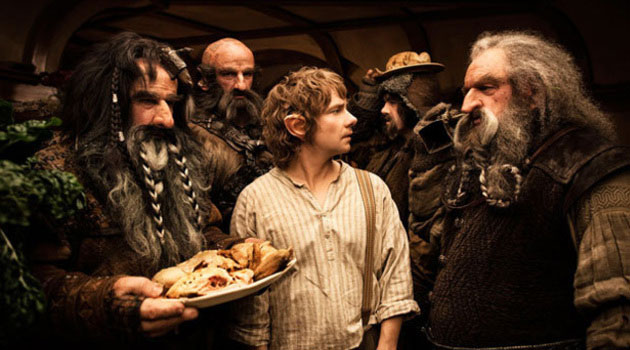
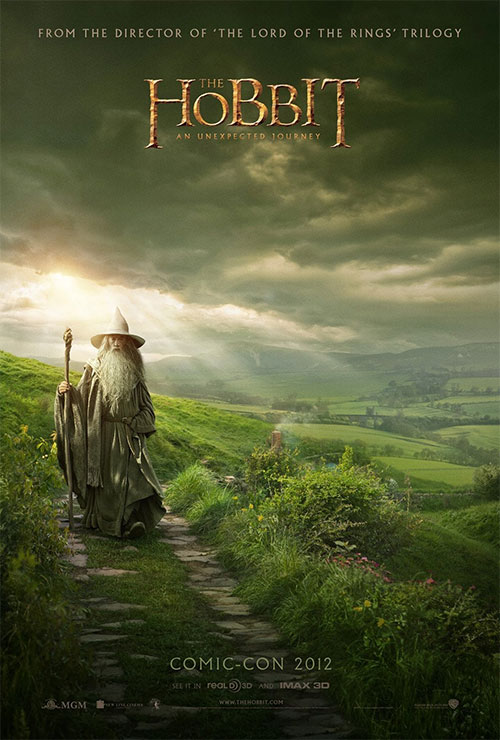
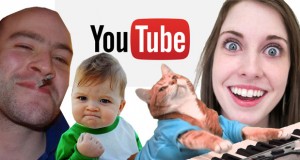
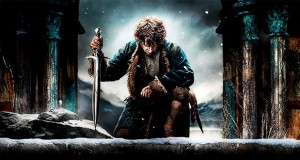
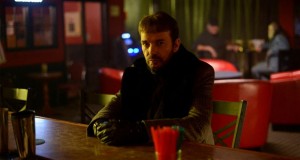

1sx2ix